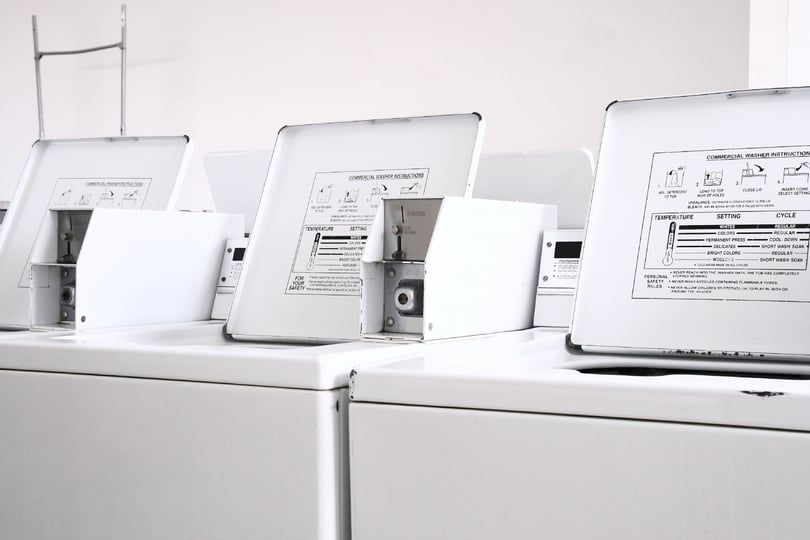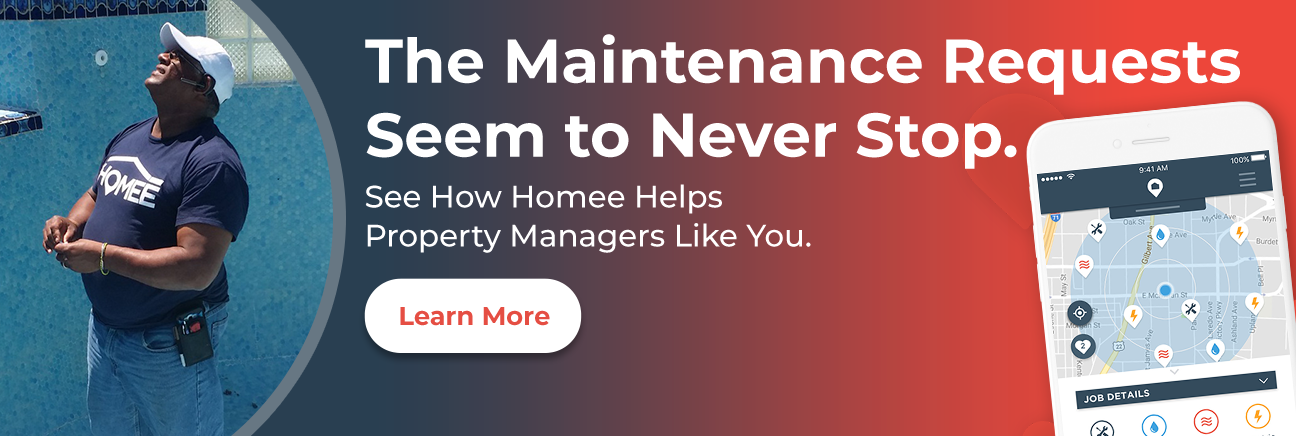What is Common Area Maintenance, and Why Should I Care

What is Common Area Maintenance, and Why Should I Care
For those who are just getting into the commercial property management industry or who are preparing to take the leap into being property managers, there are a lot of things to learn and get used to. One of the biggest surprises to new commercial or multifamily property managers is the issue of common area maintenance (CAM), and how it impacts property maintenance costs.
What is common area maintenance, and why should new property managers care about it?
What is Common Area Maintenance?
Common area maintenance is a blanket term covering the upkeep of all “common” or “shared” areas in a commercial or multifamily property that are not specifically rented by any one tenant. As noted in an article on CAM fees by thebalancecareers.com, CAM fees serve as a way “to require tenants to help cover the landlord’s direct expenses for ‘common areas.’” Some examples of common areas could include (but are not limited to):
- Office building bathrooms
- Lobbies
- Parking lots
- Apartment/condo laundry rooms
- Elevators
- Hallways
All of these areas require frequent maintenance. However, since they aren’t rented by any one person/entity, property managers cannot assign responsibility and expenses to a single renter. So, CAM charges are usually distributed among all the building’s occupants.
What Kinds of Property Maintenance Does CAM Entail?
The specific property maintenance services that are included in CAM charges can vary depending on the type of space being maintained, whether any damage has occurred, and if any upgrades are being made to the common area.
For example, parking lot CAM charges may cover basic cleanup services carried out by the property manager’s in-house staff some months, while other months may see extra expenses for fixing potholes, repainting parking spot lines, or installing new dividers, lighting, and other safety measures.
Common area maintenance costs for an elevator might include labor for monthly inspections, parts and labor for basic elevator maintenance, and the annual license or permit fee.
Why Should You Be Concerned with CAM as a Property Manager?
Many articles on CAM fees focus on the renter’s perspective—trying to explain what they are to tenants so they can understand why this item might appear on their monthly, quarterly, or yearly rental bill. The reason that property managers should be concerned with how they handle common area maintenance is that it can have direct and indirect impacts on their ability to attract and retain renters. Additionally, failing to account for CAM expenses in rental agreements could lead to a loss of profits as property managers have to pay out of their own pocket for these services rather than charging renters for them.
Consider this: If a rental property has shoddy-looking common areas (run-down elevators, dingy lobbies, and trash-filled parking lots), renters may be driven away. On the other hand, if CAM expenses are too high or are not clearly defined and seem to vary from month to month, renters may not like the uncertainty and refuse to sign a lease.
In retail commercial property management, managing CAM is especially important because the appearance of common areas can impact the ability of renters to attract customers themselves. Having well-maintained common areas can be a major selling point for these commercial properties.
Tips for Handling Common Area Maintenance with Renters
Balancing property maintenance costs with what renters can afford is a major challenge for new property managers. However, there are a few things that property managers can do to make managing CAM issues and expenses easier (and more affordable):
- Spell Out What Your CAM Charges Will Be in the Rental Agreement. Many savvy renters will do their homework before trying to move into a property. They’ll want to know what property maintenance issues they’ll be responsible for and how much they can expect to pay. So, be sure to spell out the monthly CAM expenses for a property, and whether any special or emergency maintenance will be included in that figure. For example, will CAM charges increase if major renovations or repairs are needed? Or, will you charge a flat rate for CAM that provides a buffer to cover such charges? Will you charge for CAM based on the size of the unit the renter has? Eliminating potential surprises helps build trust and makes it easier to close deals.
- Find Opportunities to Save Money on Emergency Maintenance. Finding ways to control property maintenance costs without impacting the quality of service is a given for both commercial and residential property managers. Using an on-demand property maintenance solution such as Homee On Demand is a great way for property managers to get immediate service while reducing property maintenance costs. This is because the maintenance techs, or “Homees,” in our network work for pre-negotiated rates that are billed by the minute, not the hour. Doing so helps drastically reduce the cost of emergency common area maintenance—which means less volatile CAM costs for property managers (and renters).
- Engage in Preventative Maintenance Whenever Possible. Rather than waiting until something breaks down completely to fix it, consider applying preventative maintenance where possible. Inspecting for potential issues and fixing them ahead of time can save considerable amounts of time and money on emergency repairs. For example, if there is a leaky pipe in the building, having a plumber fix the leak or replace the pipe before it bursts will be far less labor and resource-intensive than tearing out and replacing all moisture-compromised building materials in addition to replacing the burst pipe. This approach also helps to strengthen your relationship with renters by showing that issues are handled in advance and they will be less likely to deal with the inconvenience of water damage to their personal property.
Curious about how you can use the Homee On Demand property maintenance platform to reduce common area maintenance costs for your property management business? Reach out to the HOMEE team today to learn more!





